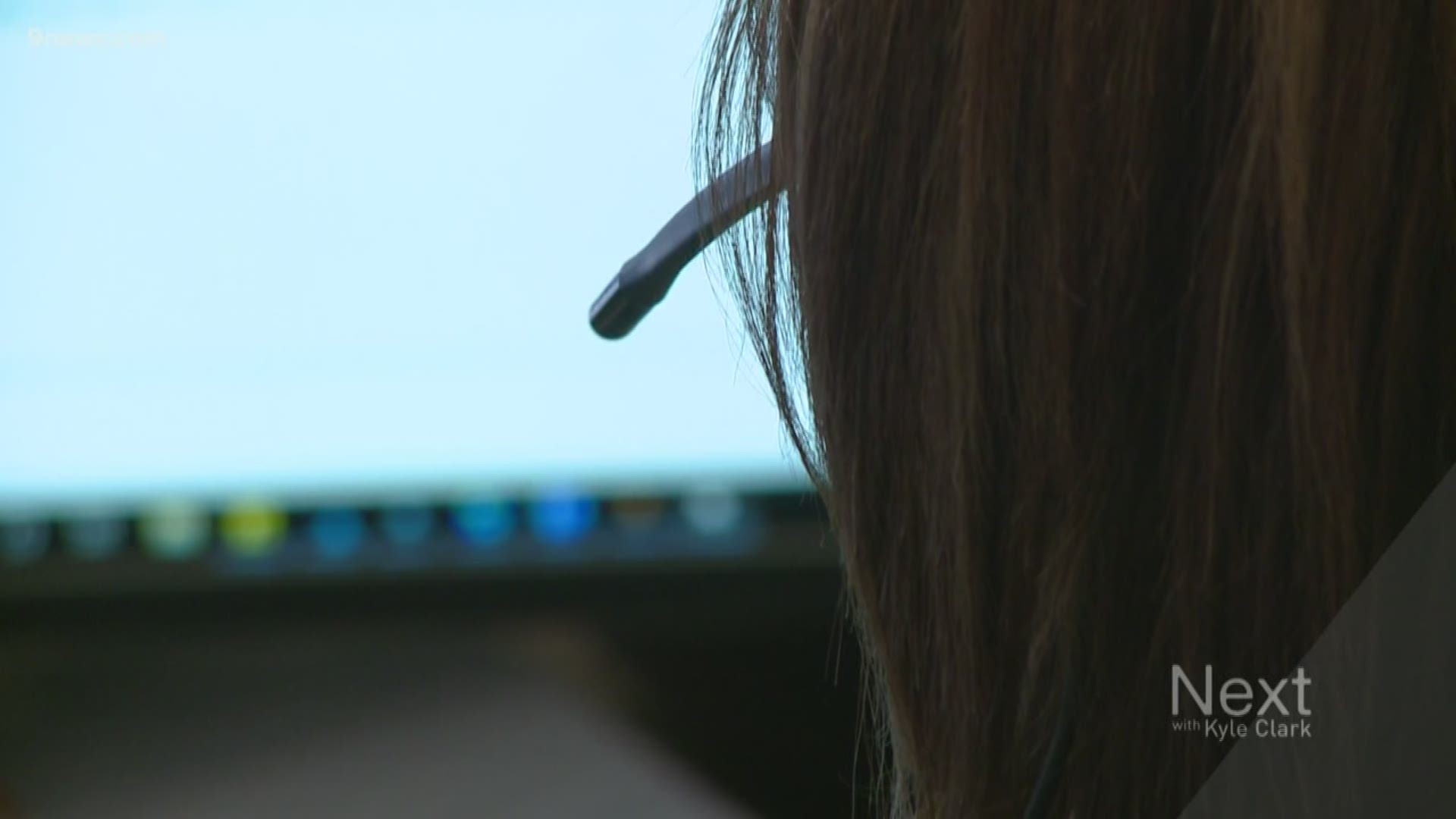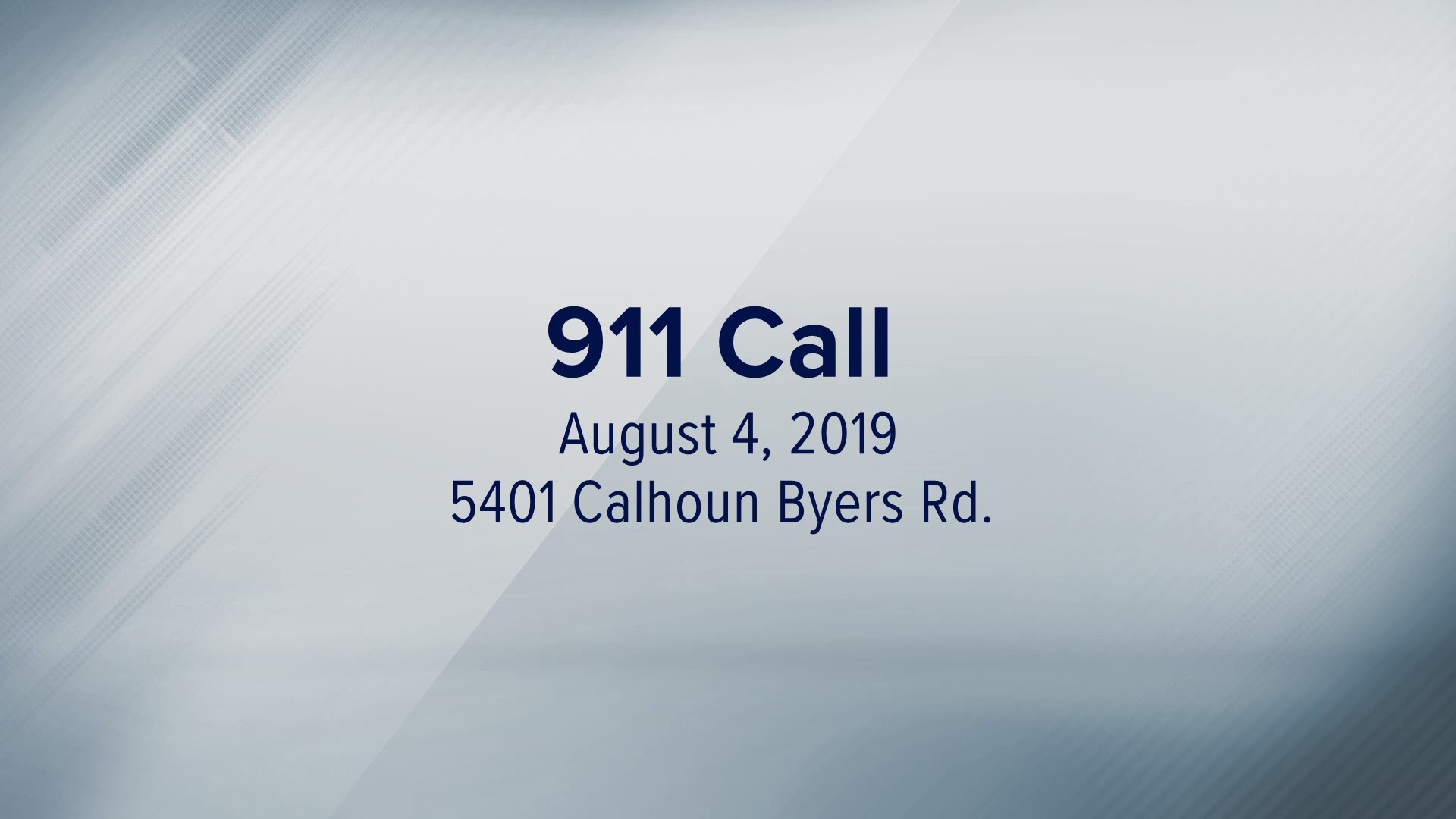STRASBURG, Colo. — When a 911 call came in about a rollover crash on a rural road in Adams County in August, dispatchers initially believed the crash happened about 16 miles away from the actual location.
In the call, initiated by one of the victims of the crash, he sounds confused about where he is. He hands the phone to a woman who identified herself as "Debbie" and witnessed the crash about a minute into the call.
“We’re at 5401 Calhoun Byers road,” Debbie tells the Metcom dispatcher, saying she identified the address from a mailbox of a home along that road.
The computer had plotted the phone call at 58459 E. County Road 14 in Strasburg.
Listen to the full 911 call in the video below.
“The address we were given was significantly off from what the original address that we received from Arapahoe County,” said Tyler March, operations manager of Metcom.
Metcom, a dispatch center staffed by South Metro Fire Rescue, dispatches fire and paramedic agencies along the I-70 corridor, including the Strasburg area.
“The initial call was taken — it came in as a cell phone call — which out there, it hit the cell phone tower, and so what happens there is it goes to whatever tower is the closet, and that tower happens to reside in Arapahoe County,” he said.
The crash occurred north of that area, in Adams County.
“It’s a long way away. It’s 16 miles – it equates to about a 20-minute drive," March said. "That led to us really wanting to make sure we were going to the correct location."
For the next six to seven minutes of the call, the dispatcher works with Debbie to try to verify the location, asking about landmarks to ensure emergency crews aren’t going to the wrong location.
“Can you confirm you are south of I-70 or north of I-70?” the dispatcher asks.
Debbie tells the dispatcher she is north of I-70. The process continues, with the dispatcher asking about geographic locations involving streets.
The dispatcher eventually realized the address Debbie initially gave is correct, despite the computer’s inaccurate information.
“Part of our process when processing calls, we have to verify the address to make sure we’re going to the correct location,” March said.
“There could be a number missing from the mailbox, so maybe they’re only seeing four digits and it’s a five-digit address,” he added.
The five people in the truck that flipped that day on Calhoun Byers Road had minor injuries.
The issue highlighted in the call points to a problem 911 teams have been dealing with for at least a decade.
“The misconception to the public is I can order a pizza and I can track my pizza from the minute I place my order to the minute it comes out of the oven to the minute it arrives at my door,” March said.
“The problem is that the 911 system isn’t based off of GPS – when you call 911 it’s based off of cell towers,” he added.
Tools have improved over the years, according to March. South Metro Fire now uses a program called RapidSOS, which can mine GPS data from phones that make emergency calls.
The system allows a dispatcher to enter a phone number into a database and access a GPS location. The information is only available during the call and for 10 minutes after, according to March.
But there are limits. Some providers aren’t incorporated into RapidSOS. And the tool is only available to dispatchers if the user’s smartphone has an upgraded operating system.
911 technology will likely improve as years go by, according to March.
“I do see it getting better, I think it’s going to take some time but we’re already starting to see those benefits," March said.
In the meantime, while dispatchers’ data is tied to cell phone towers, March said he recommends being more aware of surroundings.
“The biggest thing that I can say right now is that if you’re out driving around right now, and you have the possibility of using your cell phone to make a 911 call, you need to know where you’re at,” he said.
And in unfamiliar places, like rural roads, he said to keep your eyes out for landmarks.
“Those responders out there are familiar with their areas,” March said. “If we were to get a call and they were to say, 'We’re by the big red barn on the hill,' and they’re giving us that address, a lot of the time we can give that information to the responding crews and they know exactly where they’re at."
SUGGESTED VIDEOS | Next with Kyle Clark


